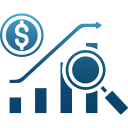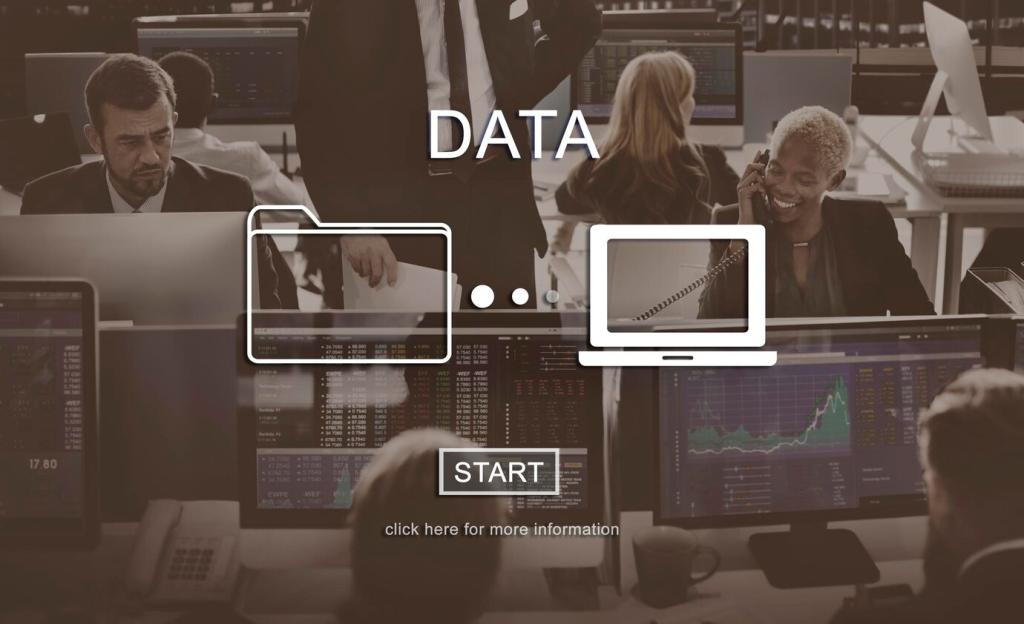Getting Started: Tools, Skills, and Datasets
SQL for data access, Python or R for modeling, Git for reproducibility, and cloud basics for scale. Add experiment design, backtesting discipline, and clear storytelling. These skills compound, turning analysis into influence across your organization.
Getting Started: Tools, Skills, and Datasets
Try central bank series, labor statistics, trade flows, energy demand, and curated web-scraped indices. Blend with anonymized mobility or search trends where policies allow. Start with a narrow question and document assumptions to keep your project focused.








